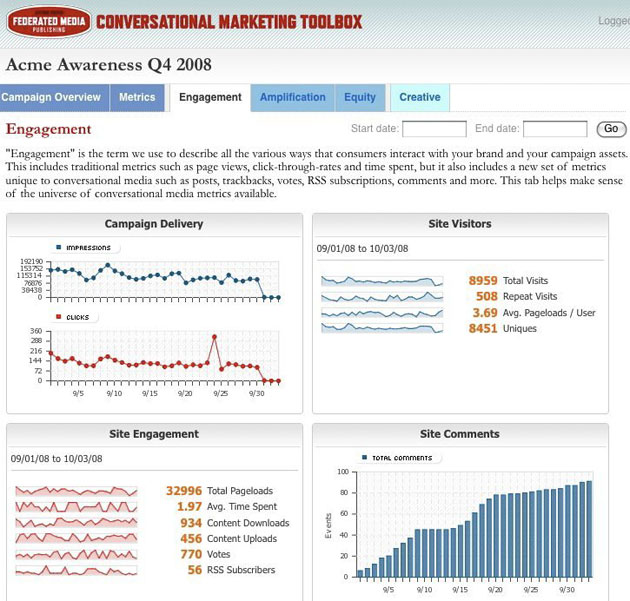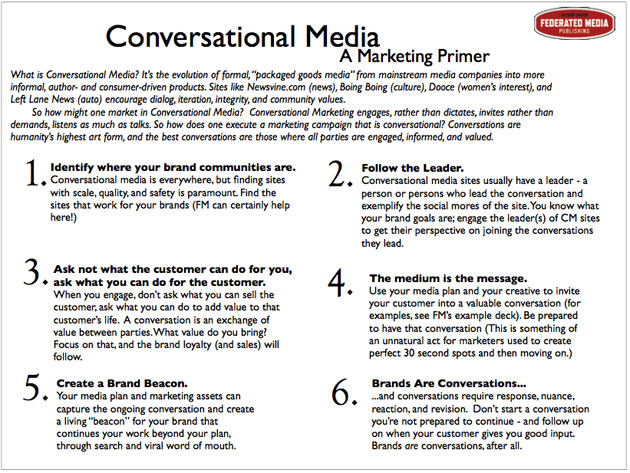What If You Ran an Ad, and Nobody Saw It?
Jakob Nielsen knows web users. The Nielsen/Norman Group, which he co-founded, has tested thousands of sites. It’s watched more than 3,000 users try to perform tasks online, even following their eyes to see where they look. And he has some frightening news:
Nobody looks at picture advertising.
Nielsen, in a keynote address at the inaugural Web Experience Forum in Boston, Mass., said web design is doomed to failure unless we learn from end users. And one major lesson is that other than paid search, ads don’t work.
“We call this banner blindness — people won’t see ads at all,” said Nielsen. “Ads might as well not exist as far as users are concerned, except for search ads.” The number of web users that so much as glance at banner ads, he added, is too small to even quantify.
The findings are no secret to web usability professionals gathered here, who obsess over how consumers use the web. But they’re often ignored by ad buyers.
“For the longest time, the web has been in collective denial of this phenomenon,” said Nielsen. “People still have this old media thinking: They think of the web being similar to TV because it’s on the screen and visual. The main distinction is whether it’s active or passive, not whether it’s on a screen or not.”
Advertising revenues, which pay for much of the web, are having a rough year, with some analysts cutting their estimates for the entire sector.
Nielsen pointed out that paid search still works — partly because it’s relevant, and partly because users aren’t tuning ads out. “We thought we’d find [paid search] box blindness the way we did banner blindness, but that’s not the case. Users are interested in search ads and actually look at them.”
Federated Media (our advertising partner) has been experimenting with “conversational marketing” almost since their launch in 2005. Today they are launching a new marketing toolbox for advertisers which gives them tools to track all the ways users interact with these ads. The goal, says Federated Media, isn’t just to track ad impressions and clicks, but also to look at a new set of metrics like posts, trackbacks, votes, RSS subscriptions, comments, etc, where users somehow interact with the advertisement and talk about it. Hopefully, a conversation occurs between users, the ad publisher and the advertiser, which gives the advertiser’s brand more face time. An old example of this is Hakia’s ad that asks bloggers what better search means. Other examples are here. The definition of conversational marketing is a little squishy. But the general idea, which Federated Media founder John Battelle writes about in the primer below, is that you as an advertiser figure out which content sites best associate with your brand, and then you grab the leader in that space and pay them to start conversations on your behalf: Early efforts didn’t pan out so well as authors were accused of conflicts of interest - users didn’t know where editorial stopped and advertorial began. It’s not clear those issues have been resolved, but Federated Media says a proper disclosure policy is the right place to start. Convinced? It’s certainly controversial, but brands love it because they get a higher return on their advertising investment. That means it’s here to stay.Federated Media Unleashes The Conversation As An Ad



No comments:
Post a Comment
Comments accepted immediately, but moderated.